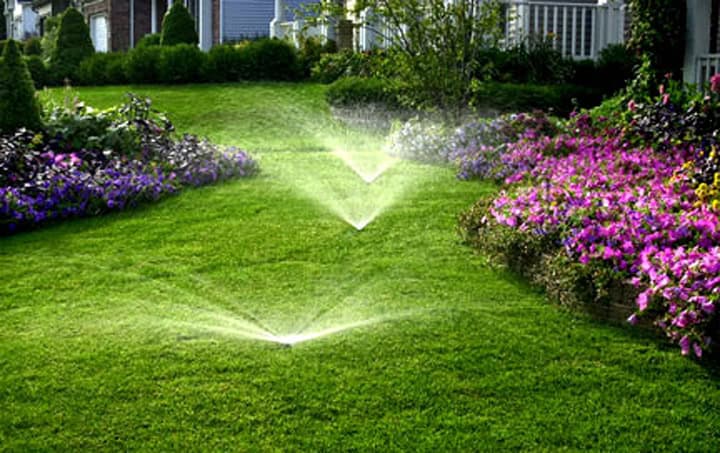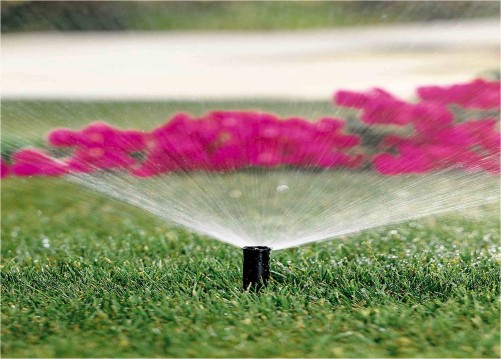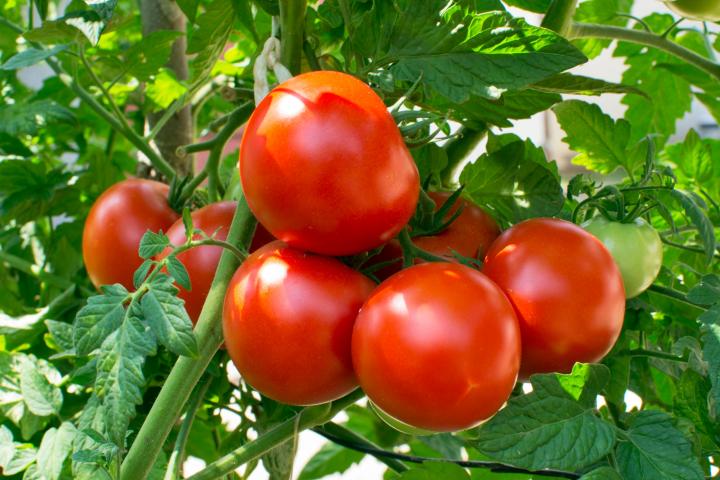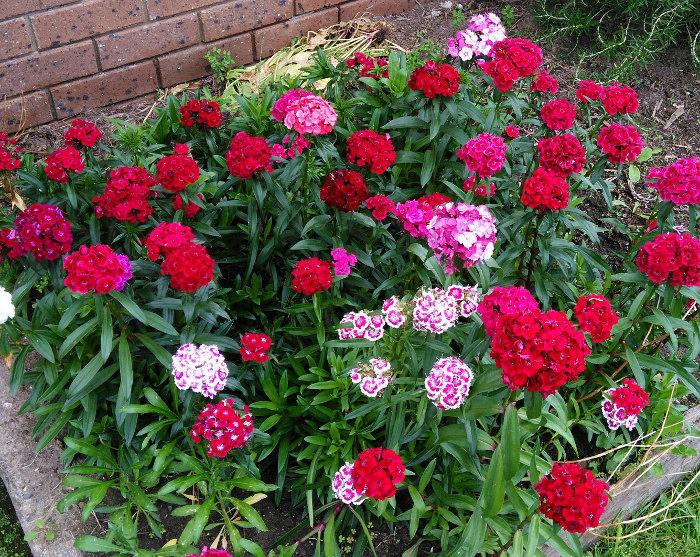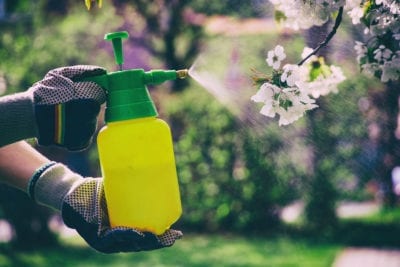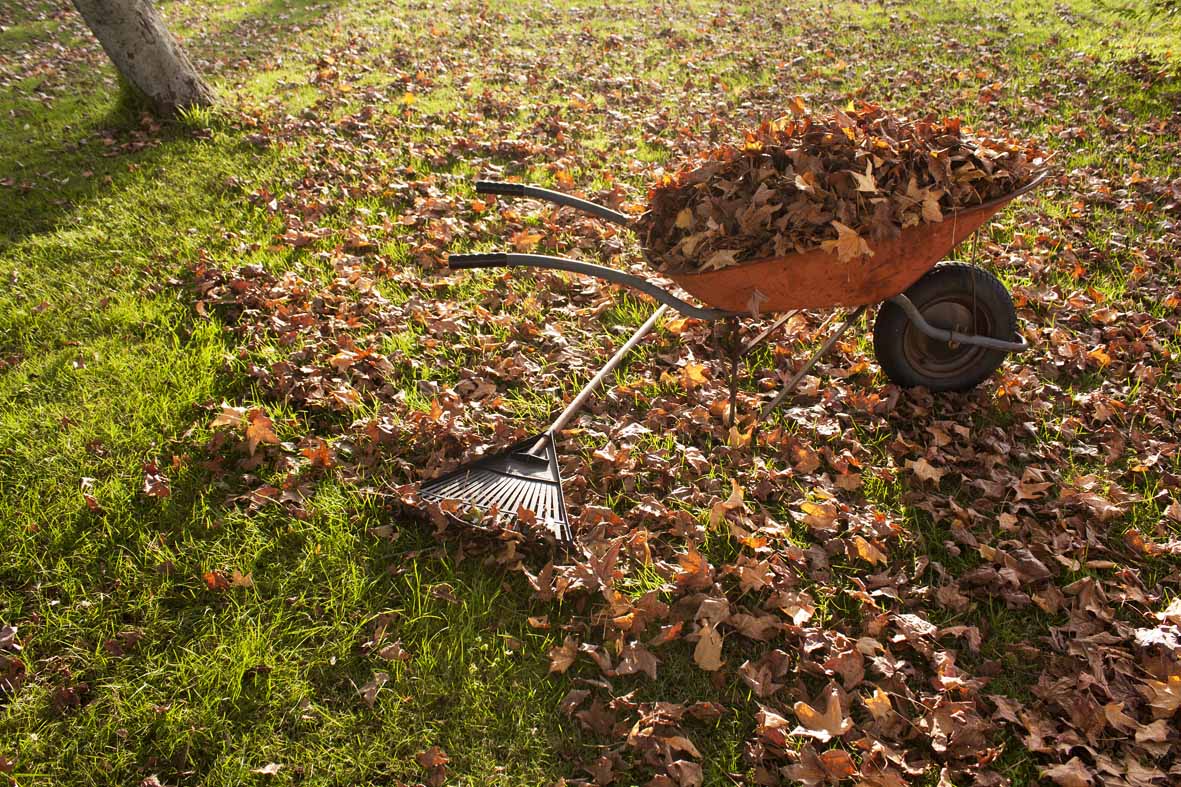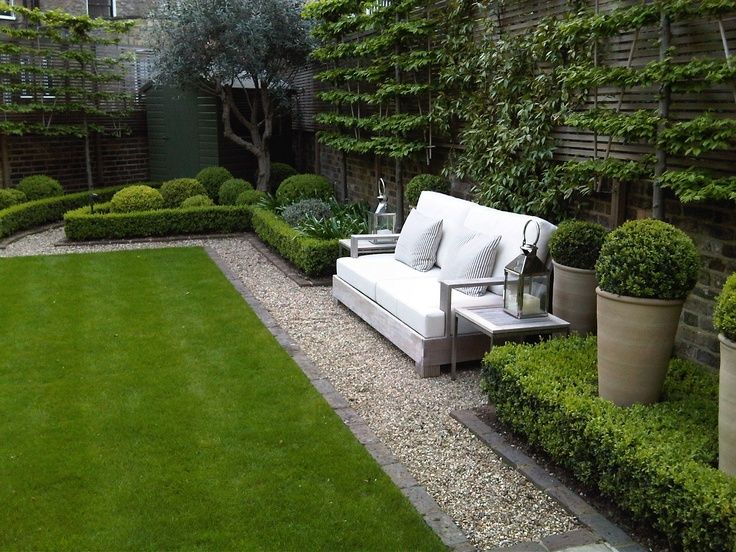If you have a garden, you probably know by now that, in order to keep it tidy and the plants healthy, the most important factors are the soil, water and light. In case one of these is inadequate or unsatisfactory, the health of your plants will have to suffer and their aspect as well.
Water is, obviously, a vital element when it comes to having vigorous plants, therefore, watering your plants, especially in a dry season, must be the number one priority. The first impulse is to arm ourselves with a hose and supplement the water quantity whenever necessary. Easy to say, but harder to implement. For instance, your lawn needs 1 gallon of water per square foot every day. Yes, every day! After a simple calculation, if you have a medium sized lawn, you will need 1-2 hours each day to irrigate it. Moreover, you also need a long hose, a high pressure water supply, and the results won’t be spectacular. The watering will be uneven, the activity tedious and, during vacations, you will have to ask (or even pay) someone to do this for you. What’s the solution? Easy! An automatic irrigation system. It will evenly water the garden and it will do it only when necessary (modern automatic watering systems are equipped with moisture sensors, so you don’t need to stop them when it rains outside).
The secret of success in terms of efficiency and efficacy is their design. This is why, when you are going to purchase such a system, you must be extremely careful to each of its components:
– the controller/programmer – the element that stores your watering schedule and transmits the start signal to the solenoids.
– moisture sensor – the element that transmits the controller a signal to let it know there is enough water in the soil, therefore is not required to start.
– solenoid valves – that open an close at the controller’s signals.
– pipes and fittings – for good water circulation
– electrical cables – that connect the controller and the solenoid valves
– sprinklers and nozzles – which undertake the actual watering activity
– auxiliary items that assure the smooth functioning of the system, depending on the model (valves, connectors etc.)
It goes without saying that these elements all need to be of the highest quality and their fitting must be carried out after carefully analyzing the site location and the necessary amount of water needed.
THE DRIP SYSTEM
One widely used irrigation systems (due to its effectiveness, but also because it is economical) is the drip system. It is also called the “Israeli irrigation”, because it was first used in this country, where the average number of rainy days in one year is just 1 and the water in wells is often non-existent. Highly economical, this system reduces the water consumption by up to 75% compared to classical irrigation. It can be used for ornamental plants, trees, fruit trees, vines etc. It can also be synchronized with other lawn watering systems.
Other advantages at a glance:
– high efficiency in a short time frame
– minimum effort
– it doesn’t leave water on the leaves, thus preventing plant diseases
– easy to use
THE SPRINKLER SYSTEM
Another popular purchase is the sprinkler system. The sprinklers are element that direct the water to one or more key locations. They can be programmed by means of a simple process micro-controller to deliver water when certain temperature or humidity conditions are met. Such an automated system not only saves you time, but it also prevents over-watering or under-watering. Among the other advantages, we need to mention that the system can be supplied from a limited source of water, it creates a “fine rain” that allows the formation of a micro-climate conducive to plant growth, doesn’t cause leave tearing, does not expose the plants’ roots, the watering is even and no crust is formed at ground level.
One important aspect to mention is that the sprinkler system is cheaper than the drip one.
If you decide to use a sprinkler system, there is a wide range of available products to choose from: with dispersion, without dispersion, oscillating etc. For the outcome to be as desired, make sure you properly adjust the angle of irrigation to suite your needs.
Regardless of the system you have chosen, the irrigation program must be designed based on the type of soil, rainfalls and plant species. Therefore, plants should be watered according to the species and affinities, when the surface soil begins to dry. At this point, you can do the “finger experiment”: gently press the soil using a finger. If small pieces of soil stick to your finger, it means the plant needs watering.
Pay attention to the lower leaves. If they are twisted, yellowed, faded or have brown edges, it means that the plant is not receiving the necessary amount of water. Same goes for plants whose flowers don’t last long. Au contrair, if the leaves are loose, soft or rotten, it means you are watering excessively.
If you want to know when is the best time to water your plants and where exactly you should do it, please read our previous article: Watering tips for perfect plants.
Tips:
If your garden is surrounded by a hedge, you should know this requires a large quantity of water after it is planted and during its development. Once mature, you can water only during periods of drought or heat, to keep it fresh looking. Watering should be done by dripping, and only in the root area.
Fruit trees need watering only in areas where rainfall is low, unevenly distributed, with long hot and dry periods. You should water the root only.
The lawn should be watered on a daily basis, preferably using sprinkler systems.
